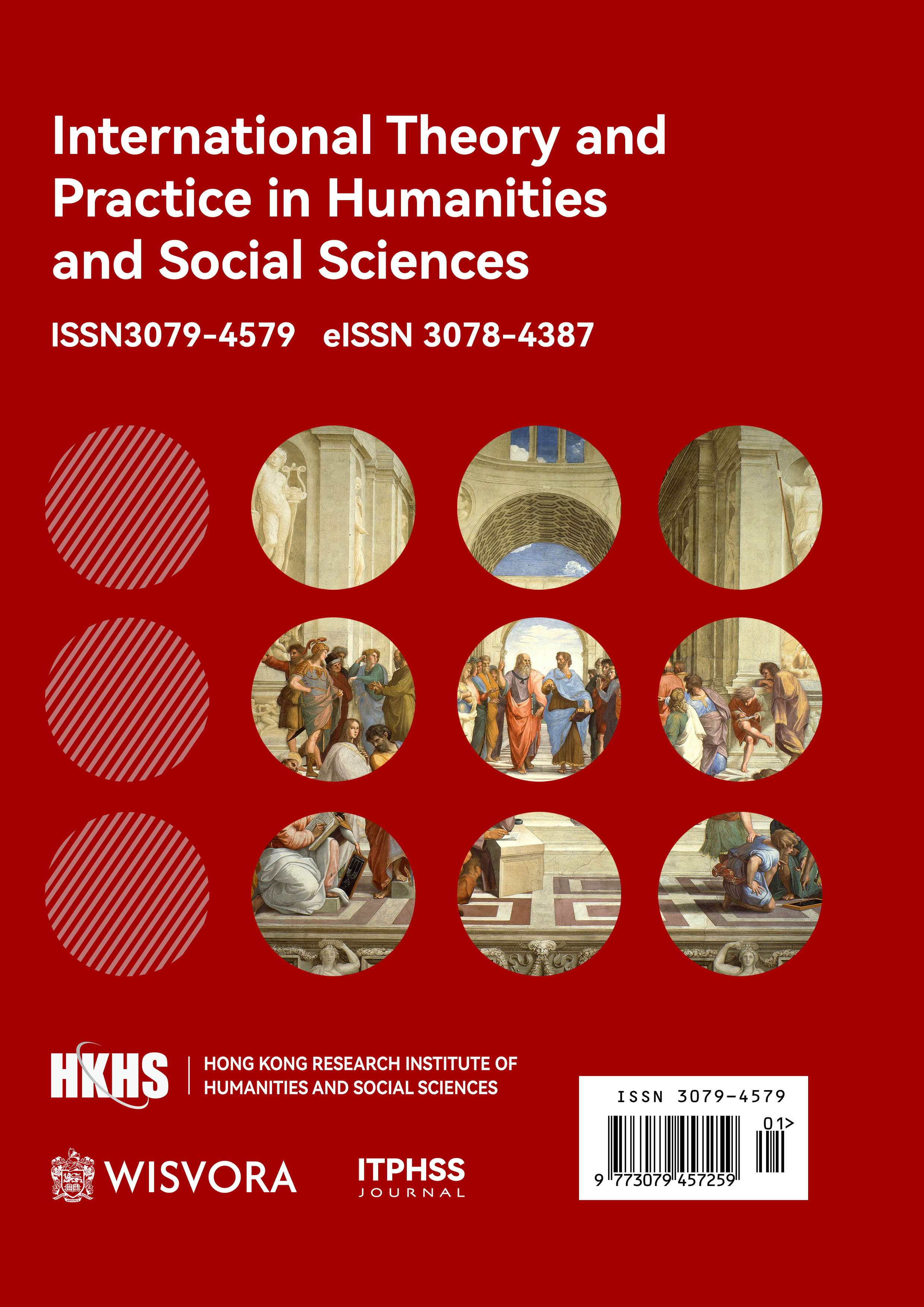Abstract
This study conducted an in-depth exploration of the innovative design of Tibetan ethnic costumes on the basis of the Kano model. Through the comprehensive use of various research methods, such as literature research, fieldwork, case analysis and questionnaire surveys, we have gained a comprehensive understanding of the historical origin, developmental changes, style characteristics and cultural connotations of Tibetan clothing. Focusing on the balance between inheritance and innovation of Tibetan costumes, this study analyses user needs and divides them into four levels—basic function, aesthetic design, cultural inheritance and innovation and integration—and classifies and quantitatively evaluates these needs by using the relevant calculation methods of the Kano model. This study aims to provide a theoretical basis and practical guidance for the design of Tibetan national costumes through scientific market research and user demand analysis and to promote the modernization, inheritance and development of Tibetan costume culture.
References
Gao Yidan. Research on Tibetan Costume Culture [D]. Dalian University of Technology
Dai, Ping. Research on Chinese National Costume Culture. Shanghai: Shanghai People's Publishing House, March 2000, 1st edition. Page 3.
An Xu, ed: Tibetan Costume Art, Nankai University Press, 1988 edition.
Kano N, Seraku N, Takahashi F, et al. Attractive quality and must-be quality[J]. 1984.
Sauerwein E, Sauerwein E. Das Kano-Modell der Kundenzufriedenheit[M]. Deutscher Universittsverlag,2000.

This work is licensed under a Creative Commons Attribution 4.0 International License.
Copyright (c) 2025 jasper Zhang (Author)

